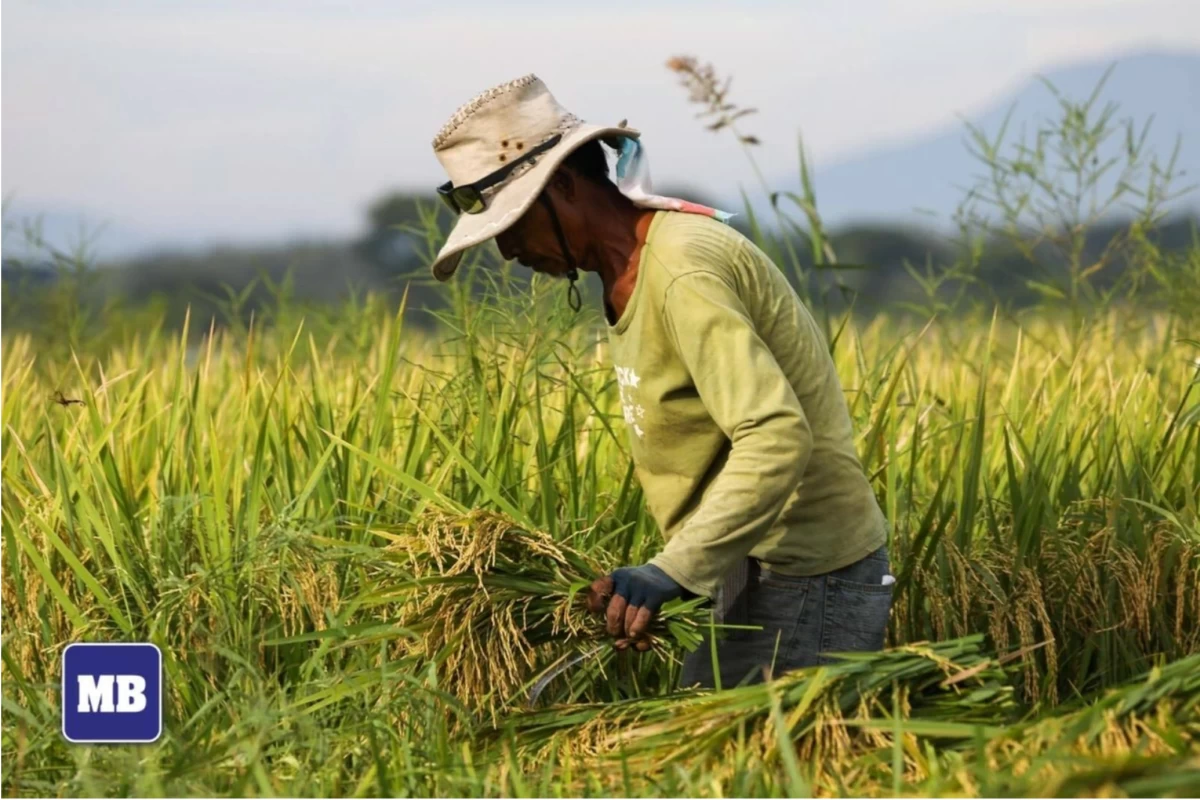
Upgrade to High-Speed Internet for only ₱1499/month!
Enjoy up to 100 Mbps fiber broadband, perfect for browsing, streaming, and gaming.
Visit Suniway.ph to learn
Money sent home by Filipinos working and living overseas reached a seven-month high of $3.18 billion in July, driven by higher demand during the school opening season.
According to the Bangko Sentral ng Pilipinas (BSP), total cash remittances in July were three percent higher than the $3.08 billion in July last year, which was the second-largest remittance in 2024, next to December’s inflows.
Cash remittances from sea-based overseas Filipinos (OFs) rose faster than fund transfers from land-based OFs, the central bank said in a report released on Monday, Sept. 15.
Land-based OFs accounted for the bulk of $2.59 billion, which expanded by three percent. Meanwhile, the sea-based OFs contributed a smaller share of $585 million, but increased at a modestly faster rate of 3.1 percent.
For the first seven months of the year, cumulative cash remittances increased by 3.1 percent to $19.93 billion from $19.33 billion in the same period last year. Notably, the year-to-date remittances also emerged as the largest in year-to-date figures since 2022.
This is equivalent to 56.1 percent of the central bank’s full-year remittance growth target of $35.5 billion this year.
As of the second quarter of 2025, the BSP is targeting cash remittances to expand by 2.8 percent this year from $34.5 billion in cash remittances a year ago. It has also forecast remittances to grow by three percent to $36.5 billion next year.
As of end-July, cash remittances were predominantly from the United States (US), accounting for 40.3 percent of total; followed by Singapore, 7.1 percent; Saudi Arabia, 6.2 percent; Japan, five percent; and United Kingdom (UK), 4.8 percent.
Several money transfer centers in countries abroad send money through partner banks, known as correspondent banks, most of which are based in the US, the central bank noted.
It added that remittances sent through money couriers are recorded under the country where their main offices are based—often the US—rather than the actual country of origin.
“Therefore, the US would appear to be the main source of OF remittances because banks attribute the origin of funds to the most immediate source,” the BSP explained.
According to the BSP, higher cash remittances were also a key driver of the increase in personal remittances. These include “cash sent through banks and informal channels, along with remittances in kind.”
Personal remittance increased by 3.1 percent to $3.53 billion in July from $3.43 billion a year earlier.
Year-to-date, personal remittances also climbed by 3.1 percent to $22.21 billion from $21.53 billion a year ago.
Jonathan Ravelas, senior adviser at Reyes Tacandong & Co., argued that the July spike is “no accident,” citing that among the major drivers of these strong remittances is July being a school season when “families need cash for tuition and supplies.”
Similarly, Rizal Commercial Banking Corp. (RCBC) chief economist Michael Ricafort said the trend in July comes “amid the seasonal increase in tuition payments and other school opening-related expenses for the new school year that reverted back to June.”
Apart from the school-opening season, Ravelas said the increase was also driven by a stronger dollar that encouraged Overseas Filipino Workers (OFWs) to send more money, and by improving global job conditions, particularly for sea-based workers who saw better deployment this year.
“Remittances remain a backbone of household spending. It’s a signal that OFWs are still powering the economy — quietly but consistently,” Ravelas said.

 3 hours ago
2
3 hours ago
2



